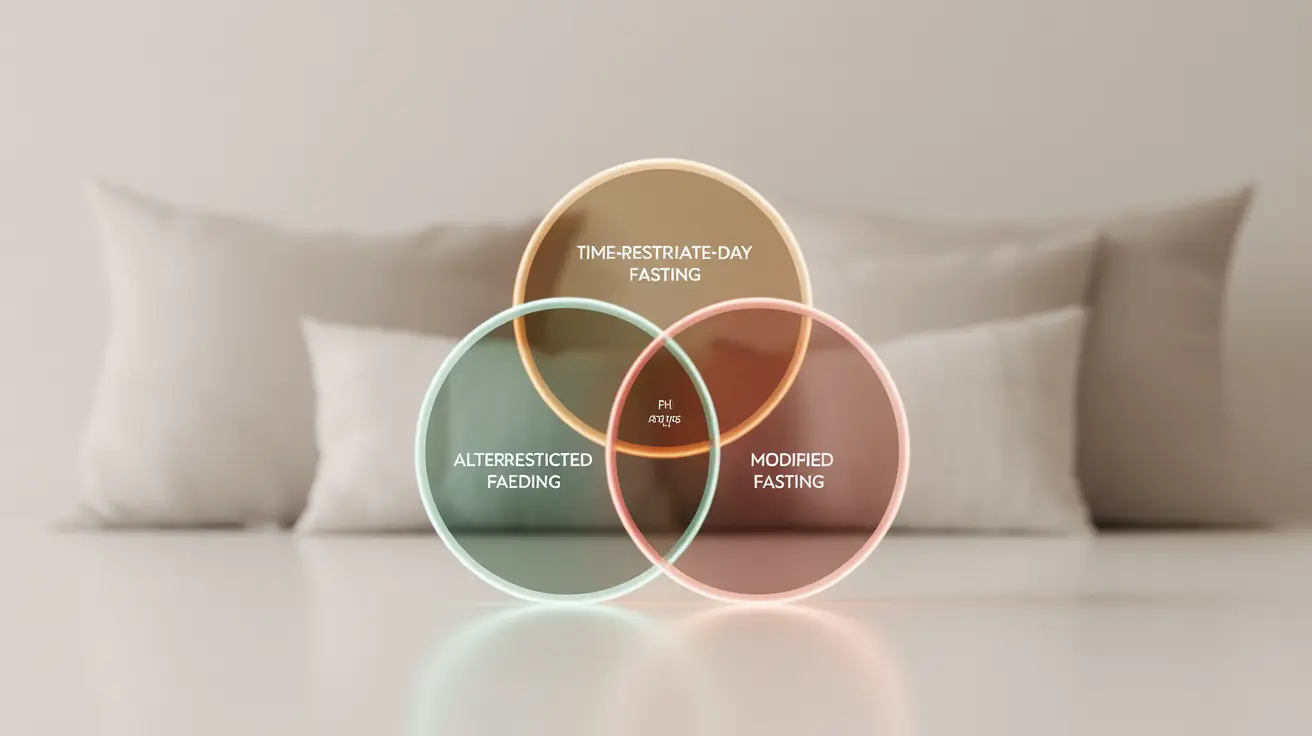Managing blood sugar levels is a crucial concern for people with type 2 diabetes, and many are turning to intermittent fasting as a potential solution. As research continues to emerge about the relationship between fasting and blood sugar control, it's important to understand how this approach might affect A1C levels and overall diabetes management.
In this comprehensive guide, we'll explore the science behind fasting's effects on blood sugar control, examine various fasting methods, and discuss important safety considerations for people with type 2 diabetes.
Understanding A1C and Fasting's Impact
A1C, or hemoglobin A1C, is a crucial marker that shows average blood sugar levels over the past three months. When implemented correctly, fasting can help lower A1C levels by improving insulin sensitivity and reducing overall glucose levels in the bloodstream.
Research suggests that intermittent fasting may help reduce A1C levels by promoting weight loss and improving the body's metabolic processes. This can lead to better blood sugar control and potentially reduced medication requirements for some individuals.
Different Fasting Approaches for Blood Sugar Management
Time-Restricted Feeding
This popular approach involves limiting eating to a specific window each day, typically 8-10 hours. For example, you might eat only between 10 AM and 6 PM, fasting for the remaining 16 hours.
Alternate-Day Fasting
This method alternates between regular eating days and fasting days. On fasting days, caloric intake is typically restricted to 500-600 calories.
Modified Fasting Protocols
Some people prefer the 5:2 approach, eating normally five days per week and reducing caloric intake to 500-600 calories on two non-consecutive days.
Safety Considerations and Best Practices
While fasting can be beneficial, it's crucial to approach it safely, especially for people with diabetes. Always consult healthcare providers before starting any fasting routine, as they can help adjust medications and monitor progress.
Essential Safety Tips
- Monitor blood sugar levels more frequently during fasting periods
- Keep glucose tablets or fast-acting carbohydrates available
- Stay well-hydrated during fasting windows
- Break the fast immediately if experiencing symptoms of hypoglycemia
Monitoring Progress and Adjusting Medications
Regular blood sugar monitoring becomes even more critical when implementing a fasting routine. Healthcare providers may need to adjust diabetes medications, particularly insulin doses, to prevent dangerous blood sugar fluctuations.
Frequently Asked Questions
Does intermittent fasting help lower hemoglobin A1c (HbA1c) levels in people with type 2 diabetes?
Yes, research indicates that intermittent fasting can help lower A1C levels in people with type 2 diabetes. Studies have shown improvements in A1C levels through various fasting protocols, particularly when combined with proper medical supervision and lifestyle modifications.
What are the safest and most effective intermittent fasting methods for managing blood sugar in type 2 diabetes?
Time-restricted feeding (16:8 method) and modified fasting protocols like the 5:2 approach are often considered the safest options. These methods provide structure while allowing regular eating periods, making them easier to maintain long-term.
How much can intermittent fasting reduce A1c compared to standard diabetes medications like metformin?
The impact varies by individual, but studies have shown that intermittent fasting can reduce A1C by 0.5-1.5 percentage points when combined with standard diabetes care. However, it should be viewed as a complement to, not a replacement for, prescribed medications.
Can intermittent fasting reduce the need for insulin or other diabetes medications?
Some individuals may require lower medication doses after implementing successful fasting routines, but this varies significantly by person. Any medication adjustments should only be made under medical supervision.
What side effects or risks should people with type 2 diabetes be aware of before starting intermittent fasting?
Key risks include hypoglycemia, dehydration, and potential medication interactions. Other side effects might include headaches, dizziness, and difficulty concentrating, especially when first starting. It's essential to start gradually and maintain close communication with healthcare providers.
Remember, while fasting can be an effective tool for managing blood sugar levels, it's not suitable for everyone with type 2 diabetes. Success depends on careful planning, medical supervision, and consistent monitoring of blood sugar levels.




